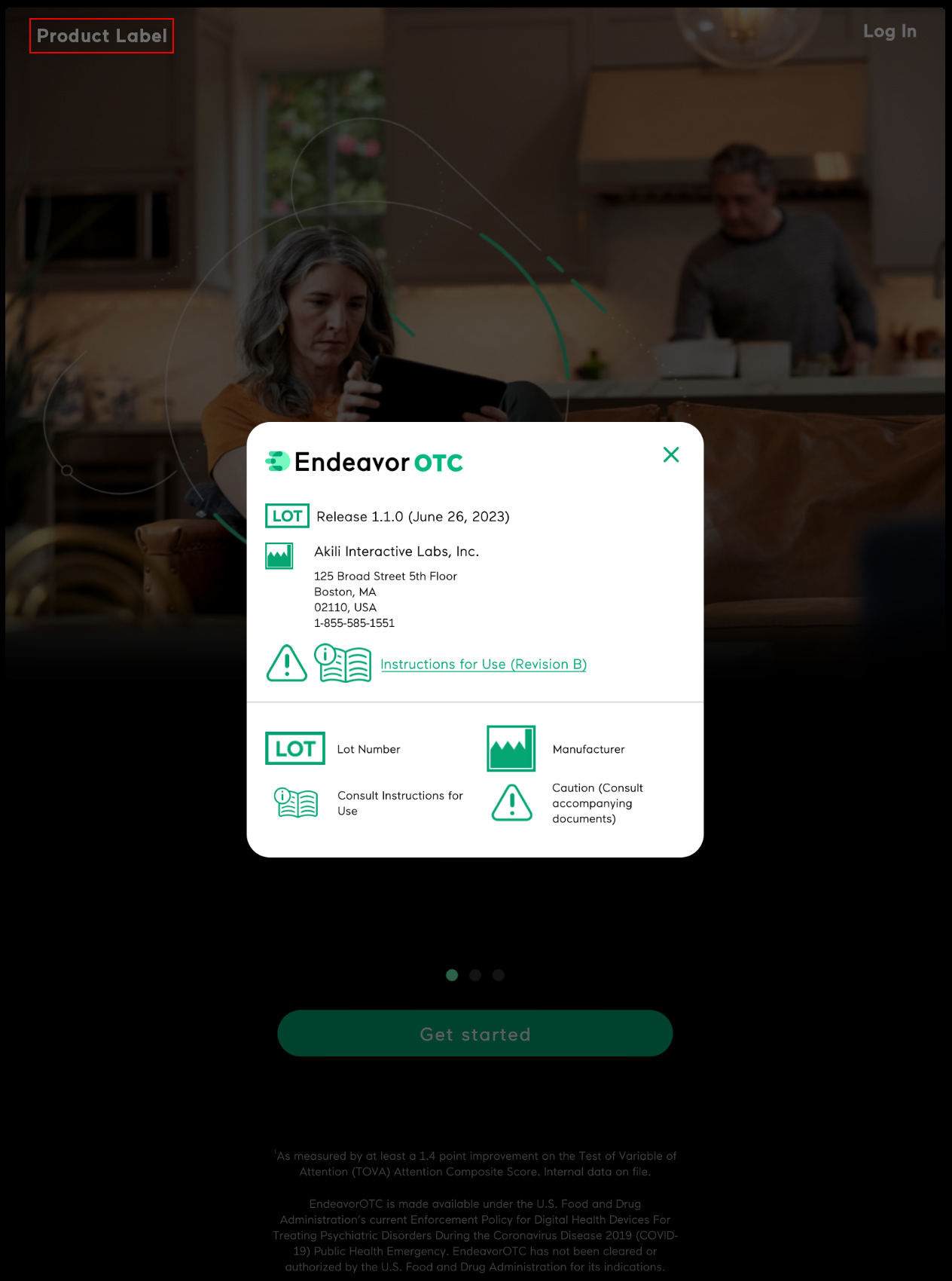Understanding How the Brain Works for Those with ADHD

A lot of people want to know: Are video games helpful or harmful for those with ADHD? The answer comes down to the game, its intended goal, and the science used to develop it. There are purpose-built video games to help improve cognitive processes, but before understanding if video games are good for the brain—especially the brain of a person with ADHD—it’s important to understand how the brain works.
There are systems, or networks, in the brain that help people think, pay attention, and remember things. However, in the brains of people with ADHD, these networks work together a little differently than they do in the brains of people who don’t have ADHD. This is what makes focusing so difficult and why certain tasks or activities can be harder to complete. These difficulties can include:
- Directing your attention and staying focused without getting distracted
- Refocusing your attention and mental activity after being distracted
- Bringing your attention and mental activity back to your task after zoning out
Understanding the brain networks needed for focus
When it comes to attention and focus, three networks in the brain play the main roles:
-
Task Positive Network (TPN):
Controls mental processes that allow people to focus on tasks and get things done.
-
Default Mode Network (DMN):
Controls processes that allow people to think about themselves and process their own thoughts and feelings.
-
Salience Network (SN):
Acts like a switch between the TPN and DMN. The SN analyzes external and internal information to determine what is most important and requires attention. Then it signals either the TPN or DMN to turn on and process that information.
When these networks work together smoothly, the TPN is engaged during tasks and actively maintains attention on external stimuli to focus on goals. And the DMN helps manage internal thoughts like mind-wandering and daydreaming. Only one of these networks is normally active at one time. The SN decides where attention should be focused and turns on the right network—the TPN or the DMN.
However, in the brain of someone with ADHD, the three networks that help people pay attention interact differently. Interactions between these brain networks can be weaker. Research has found that the level of weakness is connected to the severity of ADHD symptoms.
“So when the Task Positive Network [TPN] is switched on – when you are focusing on some goal-driven task – that switches off the Default Mode Network [DMN],” explains Akili Head of Cognitive Science, Tony Simon, Ph.D. “That means you can’t really solve problems while letting your mind wander, unless that switch between the two is not working properly. And this is often why people with ADHD are having trouble focusing some of the time, because they’re not switching between the two effectively.”
It’s not that different interactions are wrong, and others are right. However, it means that people with ADHD may find some activities and behaviors challenging, where others find them easy. And these activities and behaviors are often necessary to be effective in daily life.
Think of brain networks as teams working together
The science may be easier to understand if you think of a real-world example. Imagine the brain as a company working on the top floor of an office building. Think of the three networks as areas of the brain working together to make decisions, kind of like people on teams. These three teams each work in a separate office within the Brain Company.
In the first office is the Salience Network “SN team.” They are like the receptionists, greeting people and projects entering the Brain Company. The SN team evaluates the incoming jobs and decides which of the other teams will work on them. Then the SN team calls the correct team and tells it to get to work.
In the second office is the Task Positive Network “TPN team.” The TPN team works on external projects coming from outside the Brain Company. So, when the company needs to purchase a list of items or do research or complete tasks, the TPN gets the assignment.
In the third office is the Default Mode Network “DMN team.” The DMN team works on internal operations related to the Brain Company’s functioning. So, the DMN team deals with the ways the overall company thinks and feels. The DMN team decides on the Brain Company’s point of view to make decisions about how to run the company internally.
However, these three teams can only communicate using the phone system between the offices. And to operate efficiently and preserve resources, only one team—the TPN team or the DMN team—should work on a project at time.
But there can be problems with the communications in the Brain Company. The connections between the offices’ phones can be weak. Because of these weak connections, there may be difficulties communicating with the teams properly and switching work projects between the TPN and DMN teams. This is like ADHD.
If the receptionists in the Brain Company can’t communicate clearly with the TPN and DMN teams to assign work, the teams can have trouble focusing on their jobs and completing them properly. And if both teams are trying to work at the same time, it can create confusion and distraction within the company, and nothing gets done efficiently.
So, it may be time to rewire the communication system in the Brain Company– and the good news is this is possible
With some very specific training and treatment, people with ADHD can change the way their brains work for the better. We can engage a person’s brain in key activities that strengthen mental processes needed for focus, for suppressing distraction, and for emotion regulation. To learn more about this process, check out this article on how to strengthen your brain’s ability to focus.
About the Author
-
Caty Reid’s career has been characterized by her unique blend of consumer and healthcare marketing expertise, requiring her to routinely weave complex and verbose medical concepts into digestible and user-friendly consumer content. Through her love of writing and her unwavering commitment to improving lives, she has consistently excelled in navigating the complexities of the healthcare landscape, bridging the gap between innovative technologies and the needs of consumers. Her passion for writing for the ADHD community, and those interested in better understanding their condition and their options, goes well beyond professional expertise; Caty has also been diagnosed with ADHD as an adult and has been on a personal & professional journey to help uncover the unknowns and crush the stigma(s) of adult ADHD.

